How to Start Your Indoor Garden: A Step-by-Step Guide
While spring and summer months bring the benefit of nature’s bounty, fall and winter can often be the beginning of a fresh fruit and vegetable drought. During these months, grocery stores are stocked with produce imported from other regions or countries. Never fear; if you are missing the delicious taste of home-grown garden items, there may be another option. Indoor gardens are becoming more popular as grocery prices increase and the desire for self-grown options grows.
From Seed to Harvest: Cultivating Your Indoor Oasis
Growing up in rural Michigan, I found it common for people to have a little indoor herb garden in their kitchen window, growing year-round. This was beneficial for many reasons, one being the desire to have fresh herbs at your fingertips, the other having something with life growing and thriving in the bleak winter months. Fast forward to today, where you have a rising interest in homesteading, sourdough bread, home grain milling, and the most beautiful backyard gardens the eye can see, with chickens and goats, of course.
All joking aside, having these things on your property is convenient and can save you time and money in the long run. Returning to indoor gardening, though, having homegrown herbs and produce all year provides fresh and convenient access to your favorite cooking ingredients. I know I have been very happy with my basil plant on pasta night. Another great thing about having an indoor garden is how much it can add to your home décor and provide a fun hobby the whole family can enjoy.
Before taking this on, you first want to figure out what is realistic for you and your household. If you are new to gardening and indoor planting, you may want to start small with some easy herbs. Think about the meals you cook most often and the seasonings you typically reach for. I find basil, thyme, mint, oregano, chives, and rosemary the easiest to grow and the most versatile for cooking. If you are more interested in starting with a vegetable, look at various leafy greens like lettuce, microgreens, Radishes, Spinach, or Kale. Once you have mastered these, you can add water-based options like peppers, cherry tomatoes, or cucumbers.
Creating, Planting, and Maintaining Your Indoor Garden
When setting up an indoor garden, you want to focus on the following items: Location, Container/Vessel, Growing Composite, and Seeds vs. Seedlings.
Location
You want to select the best location where your plants get adequate light and have space to grow. Again, a window space may be the best if you start small with just a few herbs. If you have the space, then adding shelving near a large south-facing window or getting an indoor gardening system may be something you should invest in; we will dive into this later. Make sure your plants are not near a vent, fireplace, or heat source. This will dry out the soil and can damage leaves. You can also purchase UV lighting to ensure your plants get adequate light for the best growth possible.
Container/Vessel
Containers should always have at least one drainage hole with a tray or plate under it to collect excess water. Adequate drainage will prevent root rot. Also, make sure your plants have room to grow. There are many different styles of pots out there, so you shouldn’t have a problem finding one that fits your décor.
Growing Composite
The composite you start your planting in matters. Soil, potting mix, or water are all options but can vary in indoor gardening. Since your plants are growing in containers, you want to choose an All-purpose potting soil. Due to the weight and drainage capability, standard garden soil can become heavy as you water it and suffocate the plant's roots. All-purpose, lightweight soil has adequate drainage and various nutrients that can feed your plants due to the compost it is made up of. Hydroponic growing is another option you can consider, as well as using nutrient-infused water. Doing this will involve purchasing an indoor growing system.
Seeds vs. Seedlings
Because you are planting indoors, without the impacts of weather variations, starting with seeds can be a safer bet. You will not have to worry about transplanting, which can traumatize plants and slow their growing process. Starting seeds in a container that supports growth can eliminate the transplanting issue. You can still purchase and transplant seedlings once the roots show signs of repotting. You can also start your seedlings using starter kits found in most gardening sections of your favorite outdoor store.
Indoor Gardening Systems
These systems are an investment, but they help remove all the guesswork regarding indoor gardens. All the systems I researched use hydroponic technology; they come with LED UV lighting and are self-watering enclosed systems. Most use vertical growth, so they are compact enough not to take up much space. These systems are an investment; most require purchasing their plants/seeds, plant food, and other accouterments. The top three that continued coming up in my searches are 1. Gardyn, 2. Aerogarden, and 3. Rise Gardens. As I said, this may be a good way to go, as you will get a return on investment over time. The systems are easy to use, and you can decide how many plants you want to grow at one time.
Maintaining and Harvesting Your Indoor Crops
No matter the route you choose, there are things to consider. If you are growing without a system in all-purpose soil, make sure you are adding nutrients and fertilizer to the soil periodically so your plants yield to their potential. Monitor for pests and take appropriate action if you start getting bugs or mold, which can infest your entire garden and ruin your harvest. Speaking of harvest, regularly harvest your plants to make room for continuous new growth. Research the plants you are growing, be sure you are caring for them, and harvest them appropriately.
Whether you are looking to save money at the grocery store, have access to healthy fresh vegetables year-round, or just adopt a new hobby, indoor gardening may be your answer. Make sure you do your research first, consider your lifestyle and schedule, and be ready to learn. Enjoy the satisfaction of homegrown goodness and embrace the joys of indoor gardening throughout the winter months. If you have experience with indoor gardening and have any additional tips or comments, please leave it below!



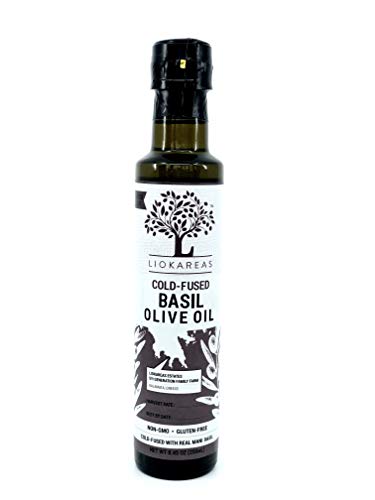
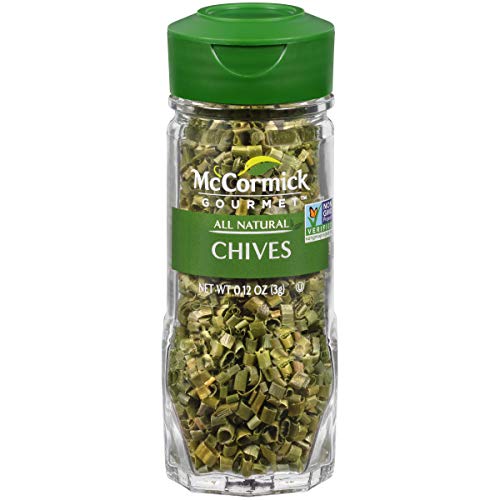
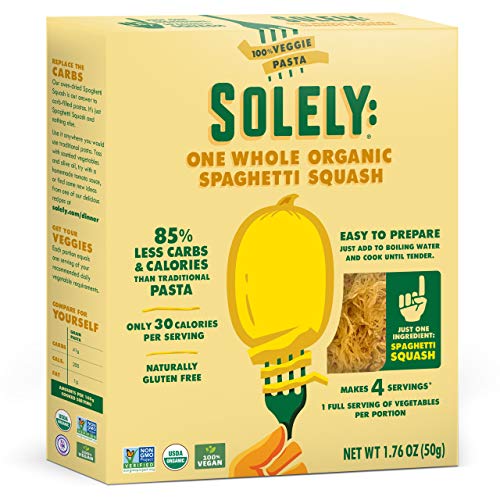
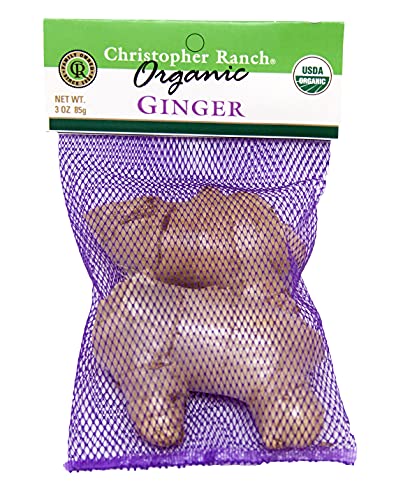

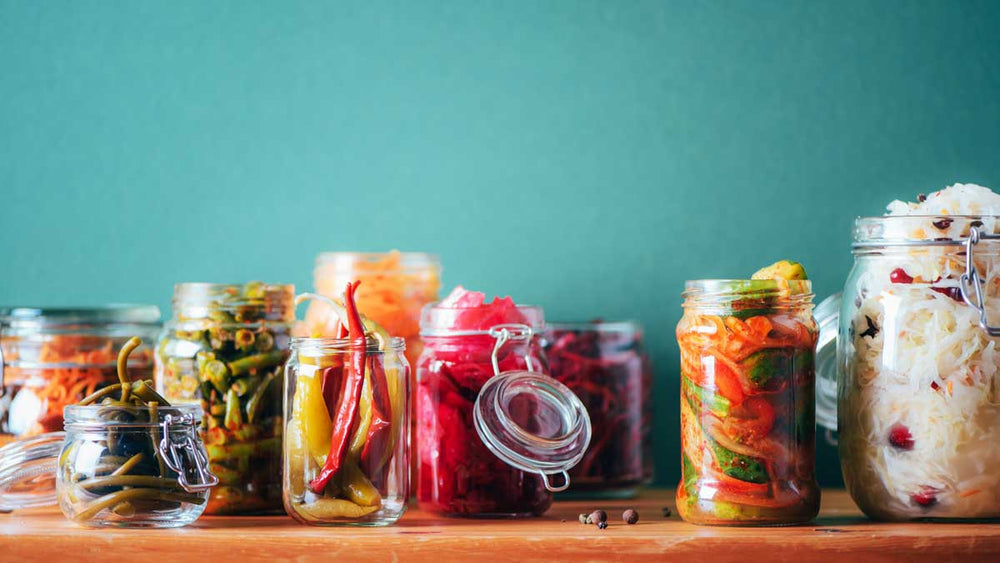

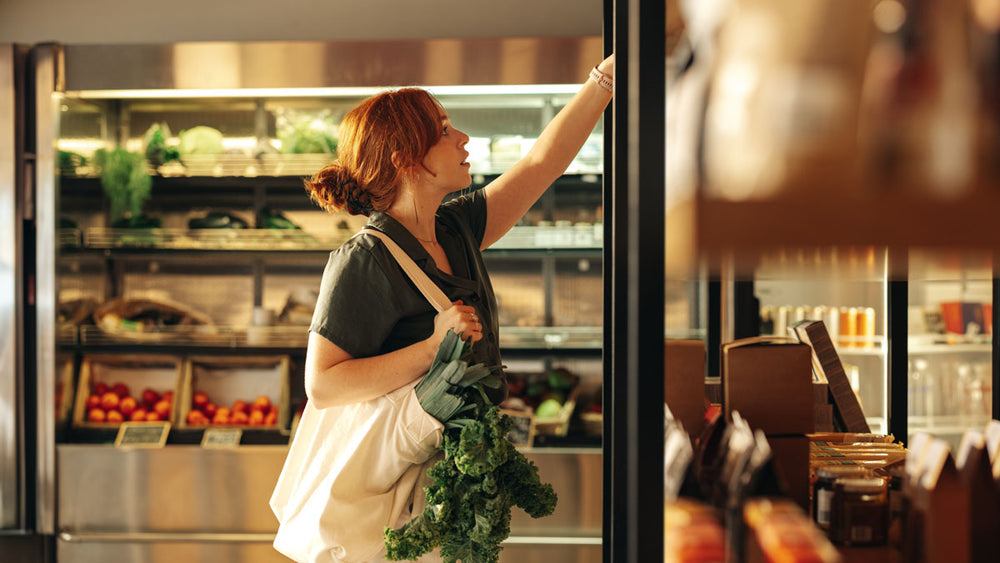












Comments
Join The Conversation...